TABLE OF CONTENTS
Also by Gary Zukav
THE SEAT OF THE SOUL
The Dancing Wu Li Masters
An Overview of the New Physics
Gary Zukav

FOOTNOTES FOR STABLE PARTICLE TABLE
1. This table was compiled with the assistance of the Particle Data Group, Lawrence Berkeley Laboratory, Berkeley, California. According to their convention, stable particles are particles that do not decay by strong interaction; but they do decay by electromagnetic and weak interactions. In fact, (as the table shows), the majority of stable particles are not stable in the usual sense.
2. Incredible as it may seem, physicists measure particle lifetimes (and masses) to far greater degrees of accuracy than indicated here. (Review of Particle Properties, Physics Letter, 75B, 1, 1978.) (updated bi-annually).
3. Particles with this footnote are speculative to one degree or another. The graviton has been predicted solely on a theoretical basis while the tau neutrino, the F particle, and the charmed lambda have some experimental evidence to support their existence. However, none of them have been accepted, at this date, as confirmed particles by the Particle Data Group, Lawrence Berkeley Laboratory, the internationally accepted compiler of particle data. (The parameters shown for these particles have not been measured, but they generally are assumed to have the values shown). The blank spaces in the table represent a lack of data. [Information on the Tau and D particles, the newest particles as this table goes to print (1978), is still incomplete.]
4. The neutral kaon has two average lifetimes. If it decays in the shorter time it is called a  (K zero short). If it decays in the longer time it is called a
(K zero short). If it decays in the longer time it is called a  (K zero long). All the other particles have only one average lifetime.
(K zero long). All the other particles have only one average lifetime.
SYNOPTIC TABLE OF CONTENTS
WU LI? (Introduction)
Big Week at Big Sur
Physics (30), Esalen (31), Chinese and English (32), Wu Li Masters (34), scientists and technicians (36), the sodium spectrum (37), Bohrs model of the atom (39).
Einstein Doesnt Like It
The new physics and the old physics (44), Newtons physics (47), the Great Machine (48), do we create reality? (54), the myth of objectivity (55), subatomic particles (57), statistics (58), the kinetic theory of gases (58), probability (60), the Copenhagen Interpretation of Quantum Mechanics (62), pragmatism (63), split-brain analysis (64), summary of the new physics and the old physics (66).
PATTERNS OF ORGANIC ENERGY (Quantum Mechanics)
Living?
Organic and inorganic (70), Max Planck (73), discontinuous (73), black-body radiation (75), Plancks constant (76), Albert Einstein (77), Einsteins theory of the photoelectric effect (77), waves, wavelengths, frequencies, and amplitudes (79), diffraction (82), Youngs double-slit experiment (85), the wave-particle duality (88), probability waves (90).
What Happens
The procedure of quantum mechanics (91), the region of preparation (92), the region of measurement (92), the observed system (93), the observing system (93), the Schrdinger wave equation (93), observables (94), particles as correlations (94), wave functions (96), probability functions (97), quantum jumps (98), the Theory of Measurement (100), the metaphysics of quantum mechanics (103), the Many Worlds Interpretation of Quantum Mechanics (106), Schrdingers cat (108), Doubting Thomas (110).
MY WAY (Quantum Mechanics)
The Role of I
The in hereout there illusion (115), complementarity (116), Compton scattering (116), Louis de Broglie (119), matter waves (119), Erwin Schrdinger (122), standing waves (122), the Pauli exclusion principle (125), the Schrdinger wave equation (again) (127), Max Born (128), probability waves (again) (128), the quantum model of the atom (129), Werner Heisenberg (131), the S Matrix (132), the Heisenberg uncertainty principle (133), the tables are turned (136).
NONSENSE (Relativity)
Beginners Mind
Nonsense (140), the beginners mind (141), the special theory of relativity (143), the Galilean relativity principle (145), inertial co-ordinate systems (146), Galilean transformations (147), the constancy of the speed of light (149), the ether (151), the Michelson-Morley experiment (152), FitzGerald contractions (154), Lorentz transformations (155).
Special Nonsense
The special theory of relativity (156), proper and relative length and time (161), Terrells rotation explanation of relativistic contraction (164), relativistic mass increase (165), simultaneity (167), the space-time continuum (171), the space-time interval (172), Hermann Minkowski (176), mass-energy (176), conservation laws (178).
General Nonsense
Gravity and acceleration (182), inside and outside the elevators (184), gravitational mass and inertial mass (187), the geography of the space-time continuum (189), Euclidean geometry (191), the revolving circles (193), non-Euclidean geometry (196), Einsteins ultimate vision (199), Mercurys perihelion (200), starlight deflection (201), gravitational redshift (203), Black Holes (204), the illusion of force (206), the illusion of nonsense (206).
I CLUTCH MY IDEAS (Particle Physics)
The Particle Zoo
The barriers to change (210), the hall of mirrors (212), the new world view (212), particle physics (213), bubble chambers (214), the dance of creation and annihilation (215), what made the tracks? (216), quantum field theory (218), the need to pretend (220), particle masses (221), massless particles (223), charge (224), spin (225), angular momentum (226), quantum numbers (228), anti-particles (228).
The Dance
Space-time diagrams (230), Feynman diagrams (232), the dance of creation and annihilation (again) (233), anti-particles (again) (235), the illusion of time (237), entropy (239), virtual photons (240), the electromagnetic force (242), Hideki Yukawa (244), the strong force (244), virtual mesons (246), self-interactions (246), gravity (251), the weak force (251), virtual photons (again) (252), vacuum diagrams (257), conservation laws (259), symmetries (261), quarks (261), the S Matrix (again) (262).
ENLIGHTENMENT (Quantum Logic & Bells Theorem)
More Than Both
Physics and enlightenment (270), Bells theorem and quantum logic (271), John von Neumann (272), the description of a wave function (272), Projections as Propositions (274), David Finkelstein (276), symbols and experience (276), logos and mythos (276), the distributive law (278), polarization of light (279), the third polarizer paradox (282), superpositions (284), quantum logic (286), proof (286), transition tables (288), lattices (290), von Neumanns disproof of the distributive law (293), quantum topology (295).
Next page
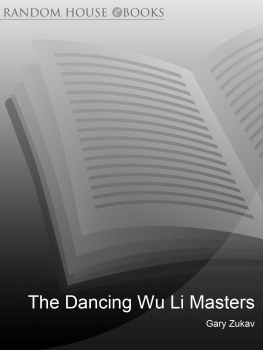
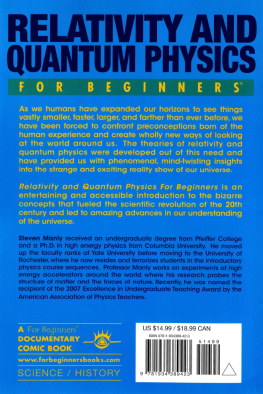

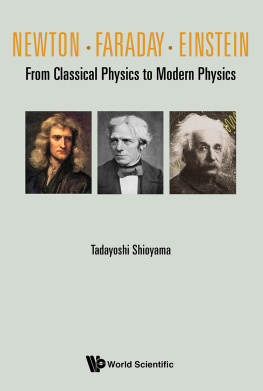
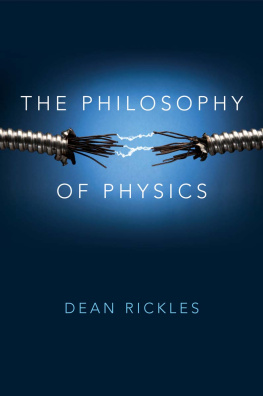
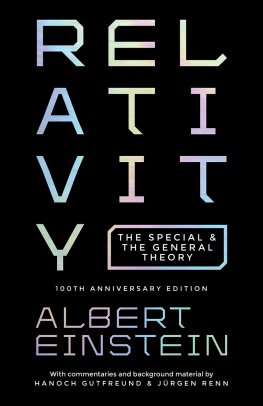
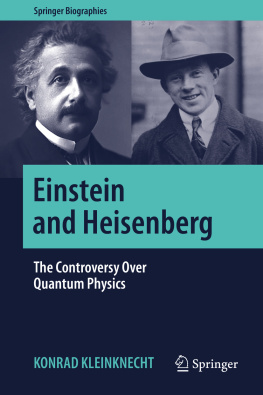
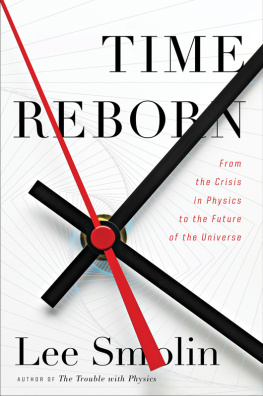
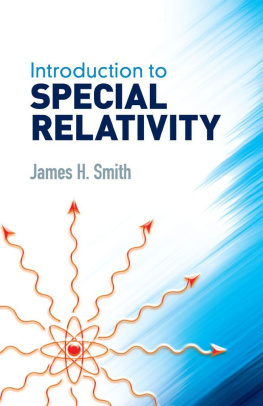
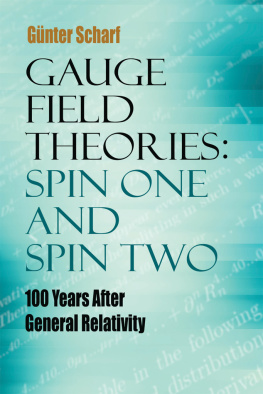
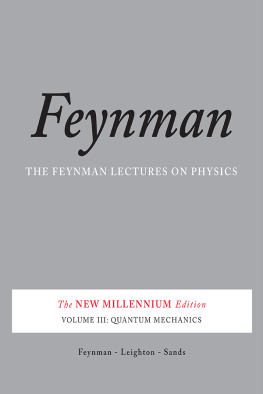



 (K zero short). If it decays in the longer time it is called a
(K zero short). If it decays in the longer time it is called a  (K zero long). All the other particles have only one average lifetime.
(K zero long). All the other particles have only one average lifetime.